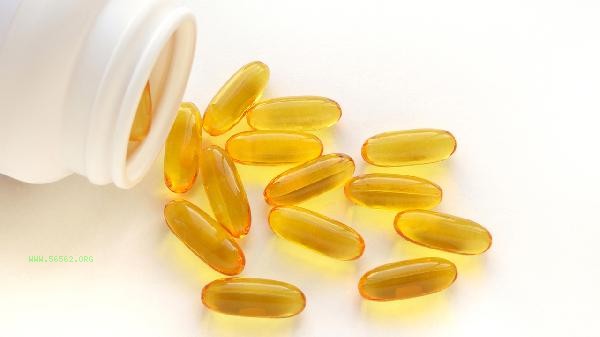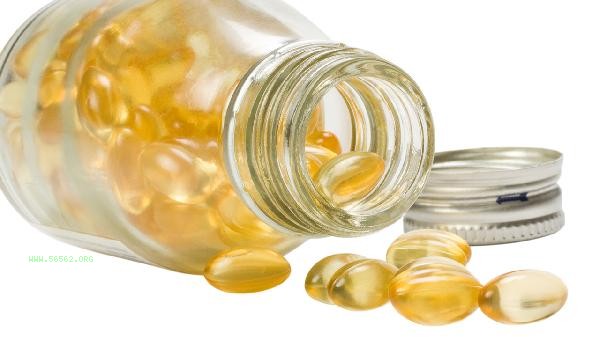The content of algal oil DHA and fish oil DHA depends on the specific product source and extraction process. Algal oil DHA usually has higher purity and more stable content, while fish oil DHA may fluctuate due to differences in fish species and processing methods.

Algae oil DHA is directly extracted from marine microalgae, with a DHA content of over 40%, and does not contain EPA, making it suitable for people who are allergic to fish or need to strictly control EPA intake. The production process of algal oil is highly controllable, avoiding the accumulation of marine pollutants, especially suitable for pregnant women and infants to supplement. Some algal oil products are purified through fermentation technology, and the DHA concentration can even reach over 50%, but the high cost may affect their popularity.

Fish oil DHA comes from deep-sea fish fat, with a content usually between 12% -30%, and also contains a certain proportion of EPA. The DHA content of different fish species such as tuna and salmon varies greatly, and high temperatures during processing may damage some active ingredients. Traditional fish oil may have a risk of heavy metal residue, but molecular distillation technology can improve purity. For middle-aged and elderly individuals who require synergistic supplementation of EPA, fish oil remains a common choice. When choosing [SEP], it is necessary to consider one's own needs. Algae oil is suitable for people who pursue high-purity DHA and safety, while fish oil has more advantages in comprehensive regulation of cardiovascular and cerebrovascular diseases. It is recommended to prioritize products with third-party testing reports to avoid excessive intake that may cause gastrointestinal discomfort. Special populations should consult a nutritionist or consume deep-sea fish and algae in their daily diet before use to obtain more comprehensive Omega-3 fatty acids.









Comments (0)
Leave a Comment
No comments yet
Be the first to share your thoughts!